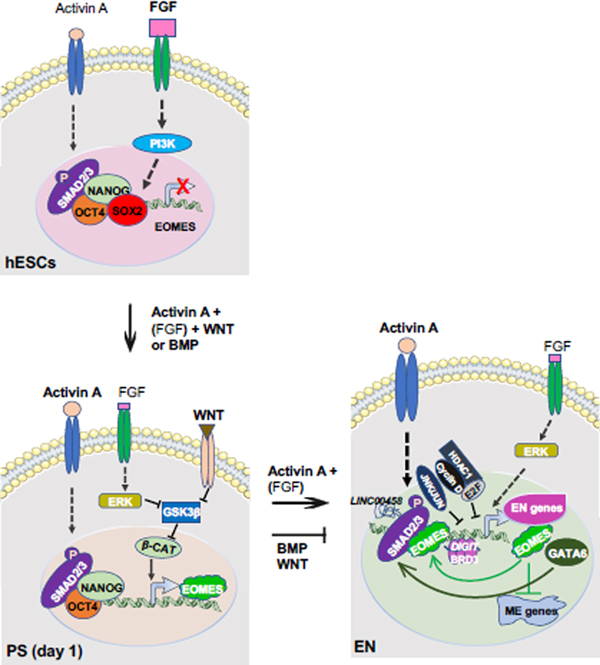Figure 1. Canonical developmental signals and factors important for differentiation of PS and endoderm.
In primed hESCs, low Activin A and high FGF signaling promote the expression of pluripotency genes via their downstream effectors like SMAD2/3 and PI3K, respectively. OCT4, SOX2, and NANOG bind to the regulatory elements of EOMES and repress its expression in undifferentiated hESCs. After induction of endoderm differentiation by exogeneous Activin A with BMP or WNT, reduction of SOX2 allows NANOG to promote EOMES expression. Meanwhile, low level of FGF signaling activates ERK (MAPK), which inhibits GSK3β, an inhibitor of WNT/β-catenin signaling. Exogeneous WNT signals also inhibit GSK3β to activate β-catenin to promote EOMES expression. EOMES then interacts with phosphorylated SMAD2/3 to induce itself, GATA6, and genes characteristically expressed in the PS and endoderm. After PS is generated, exogeneous Nodal/Activin A and endogenous FGF [(FGF)] signaling effectively differentiate cells into endoderm in the following days, while BMP and WNT signaling promotes PS to mesoderm lineage and represses endoderm differentiation. Additionally, GATA6, LINC00458 which interacts with SMAD2/3, and BRD3 condensates with DIGIT also promote endoderm differentiation. Cyclin D which recruits E2F and HDAC1, and JNK/JUN family bind to endoderm loci to block endoderm differentiation. (FGF): endogenous FGF; β-CAT: β-catenin, EN: endoderm; ME: mesoderm.

